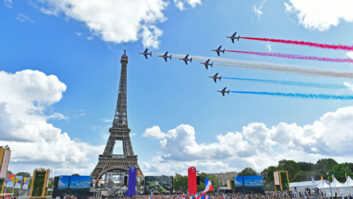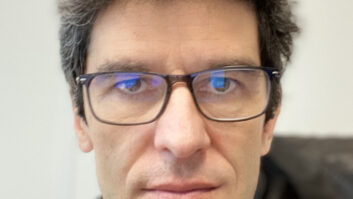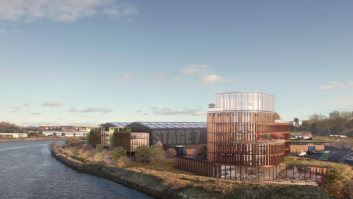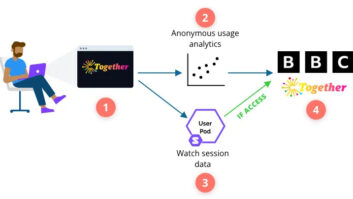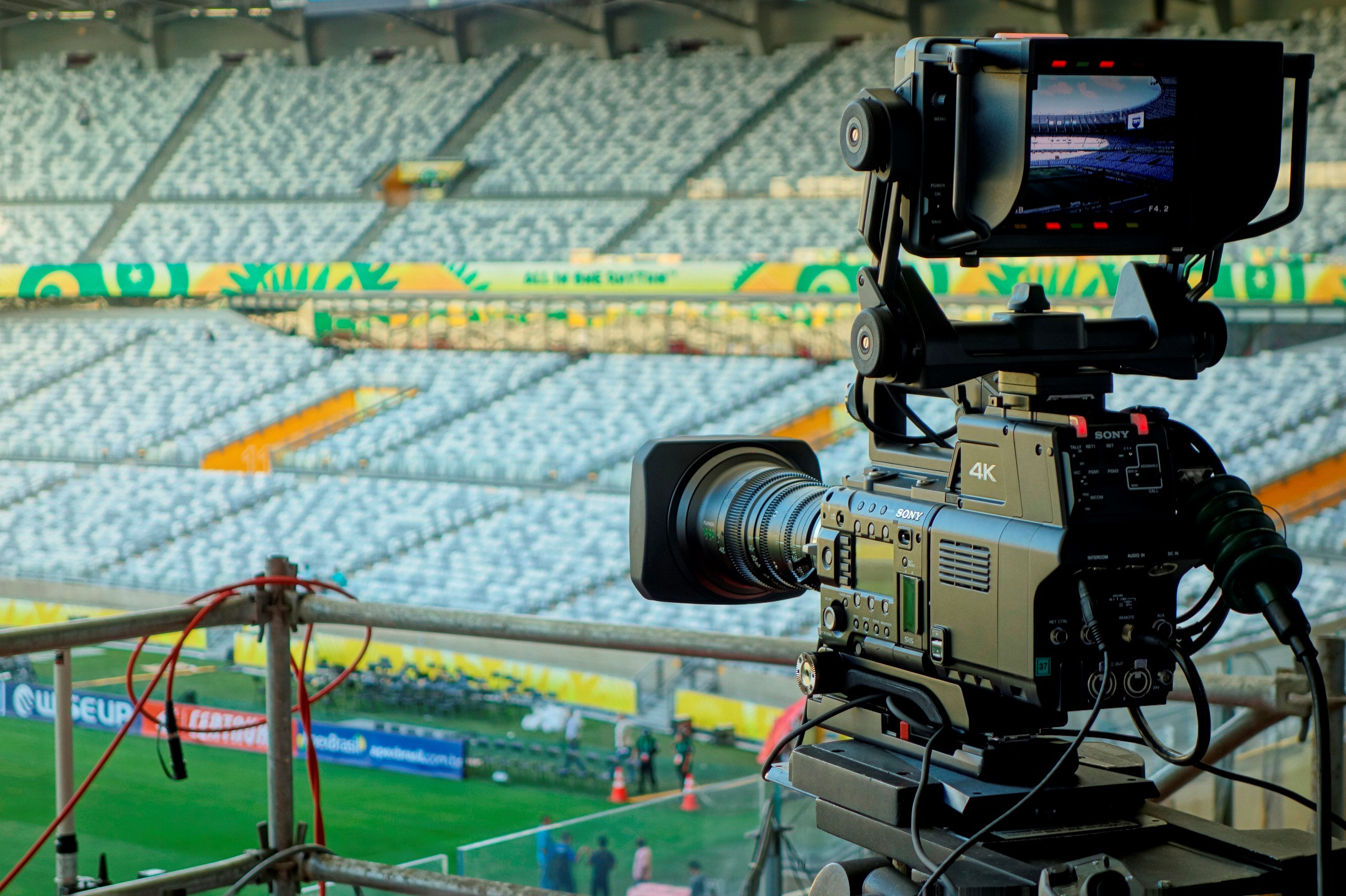
Philip Stevens continues his preview of the World Cup by talking to key players in the coverage.
Brazil 2014 will be the fourth FIFA World Cup for Host Broadcast Services (HBS) and the fifth for Francis Tellier (pictured below), CEO of HBS Group of companies. In 1998, he was head of operations at TVRS’98 in France, but that was the last World Cup where the host broadcasting operation was handled by a local host broadcaster. As such, Tellier was director general of the last Host Broadcaster of an era – and with his appointment to HBS in 1999, he was the first of a new one.
Why was the change so important? Tellier explains: “The principle of reciprocity had reached its limits and people in the know realised that Host Broadcasting – with its many facets, such as dealing with Rights Holders, contracting with Federations and so on – had to be managed differently. That was fifteen years ago and what a mind-boggling revolution we have witnessed in the world of HD broadcast and new media over that period!”
“Today HBS is FIFA’s dedicated broadcaster. And ‘dedicated’ means the teams live every working day and sleep every night invariably dreaming of FIFA deliverables somewhere around the world,” states Tellier.
He says that FIFA is a very demanding employer and receives only the best. “Our milestones include, the Multi-Feed concept implemented in 2002, full HD with the extraordinary Media Server – FIFA MAX – in 2006, 25 matches in 3D in 2010 and new state-of-the-art multimedia services in 2014.”
Planning takes time
Two to four years before the implementation of a broadcast operation, HBS does an in-depth audit of all the conditions and resources of the host country. “No two host countries are alike,” states Tellier. “For example, there are 11,000km between venues in Brazil, while only 3000km were involved to tour all sites in South Africa in 2010.”
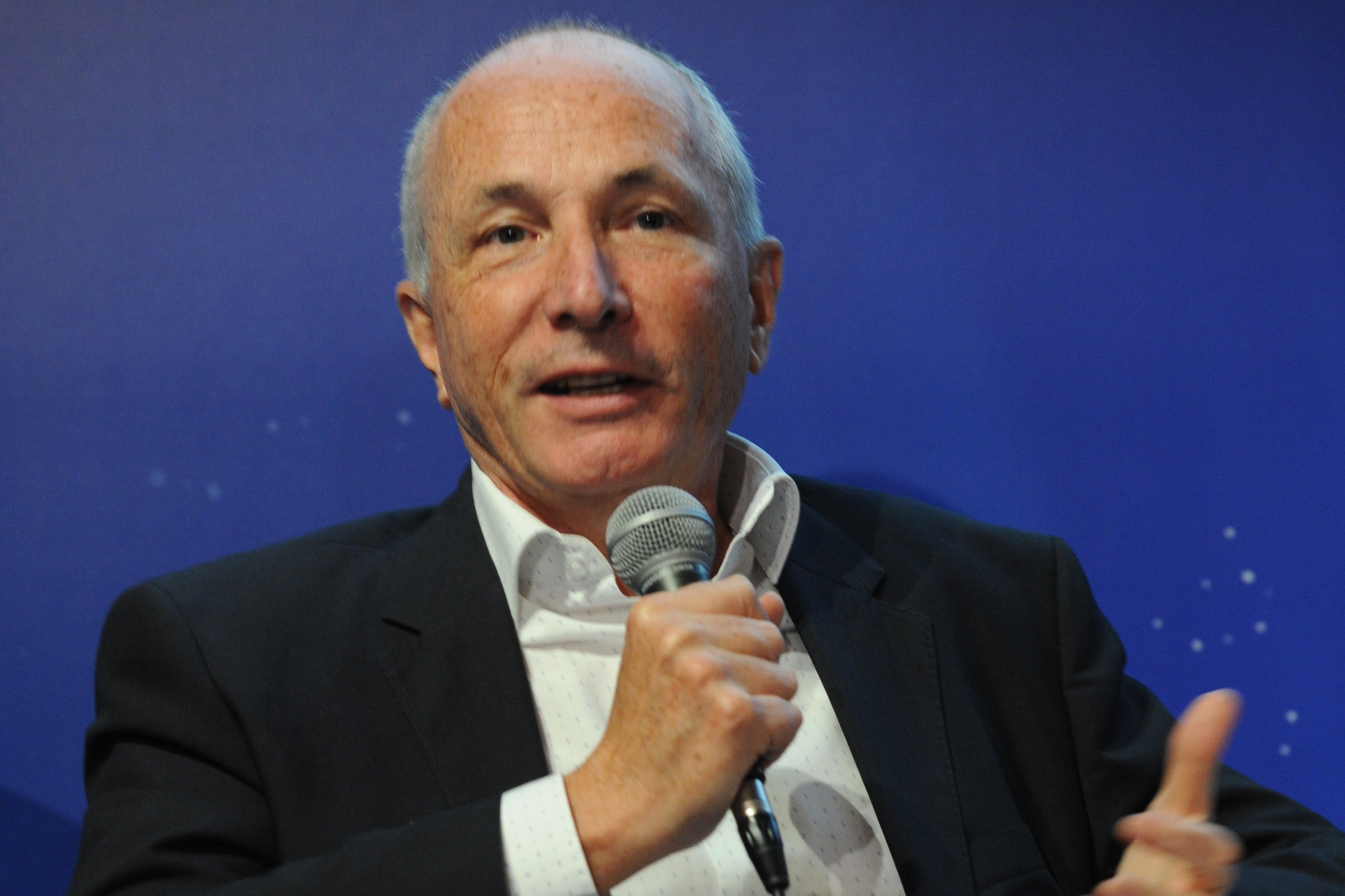
Having said that, the 2014 FIFA World Cup Production Plan is largely based on the highly successful South Africa tournament coverage. However, several upgrades will be implemented, including increasing the number of match cameras from 29 to 34, providing one additional Clips Compilation Channels to the Multi-Feeds, and a new fully edited 26 minute programme – the FIFA Preview Show.
Tellier continues, “An event such as the FIFA World Cup is the ideal platform to deliver an increased package of multimedia content. For the first time users and viewers will be able to choose their own perspective of the event. With an interactive camera plan, fans watching the games on their screens will be able to select and review multiple angles at a given moment.”
“One of HBS’ attributes is the ability to make key industry suppliers work together to offer innovative products, under total reliability. This has led to long-lasting partnerships, a good example being the arrangement with EVS. Such agreements work well with Sony, a long-standing official FIFA Partner.”
Showcasing the drama
Mark Grinyer (pictured), head of sports business development, 4K & 3D live sports, Sony Professional, explains what the relationship involves. “As HBS’s delivery partner for the 2014 tournament, Sony is responsible for the provision of all venue services, including systems integrations, equipment and staff. Together with our own strategic partners, we will be responsible for delivering every single minute of live match footage from the tournament, as the theatre of football unfolds. It’s a huge coup to have been once again selected by HBS to provide venue services for the 2014 tournament.”
He states that the plans call for capturing the final in 4K. “Having delivered some of the world’s most high-profile events, including the Confederations Cup, where live 4K was trialled, we believe its use for the World Cup represents a major milestone in the future of sports production. We’re confident sports fans will be wowed by the most immersive viewing experience of the World Cup to date, and we look forward to working with FIFA, HBS and our partners to bring the thrill of the game to them.”
Grinyer believes that the strong working relationship that has been built with HBS over the years, and Sony’s experience of sports production technology, will be showcased in full in Brazil. “Collectively we will push new boundaries for live sports production.”
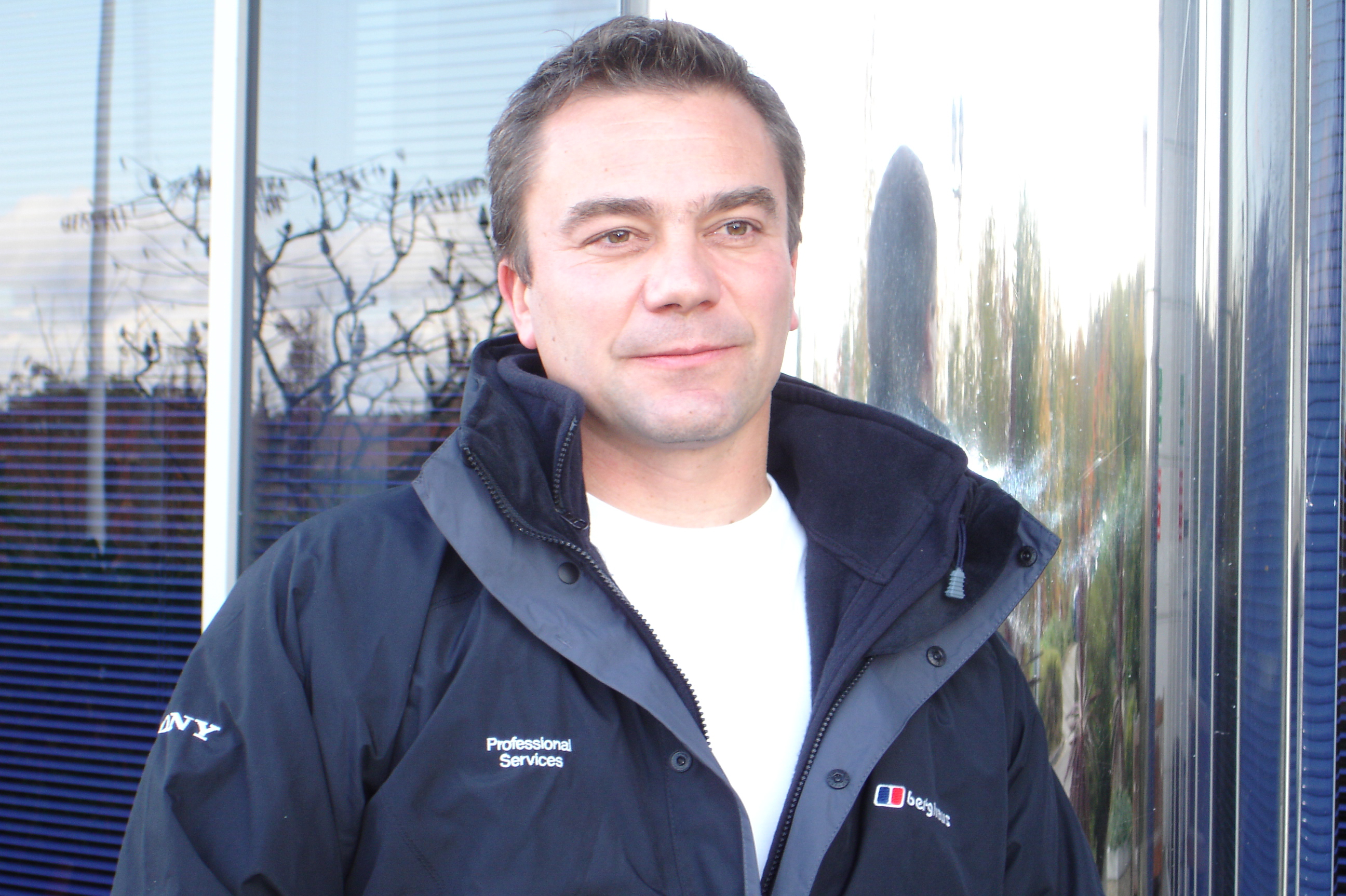
Recording the FIFA tournament
In May 2013, EVS Broadcast Equipment was appointed to provide technology solutions for live production, centralised broadcast media server and file-based media sharing systems, and new multimedia distribution infrastructure in Brazil.
“All twelve venues will be equipped with sixteen XT3 multi-format servers for replays, highlight editing, graphic insertion, clipping and content management,” reveals Luc Doneux (pictured), executive vice president of the company’s sports division. “We’ve also added some new features for this global tournament, including implementing the advanced multi-angles production tool, as well as extensive multi-media content distribution infrastructure.”
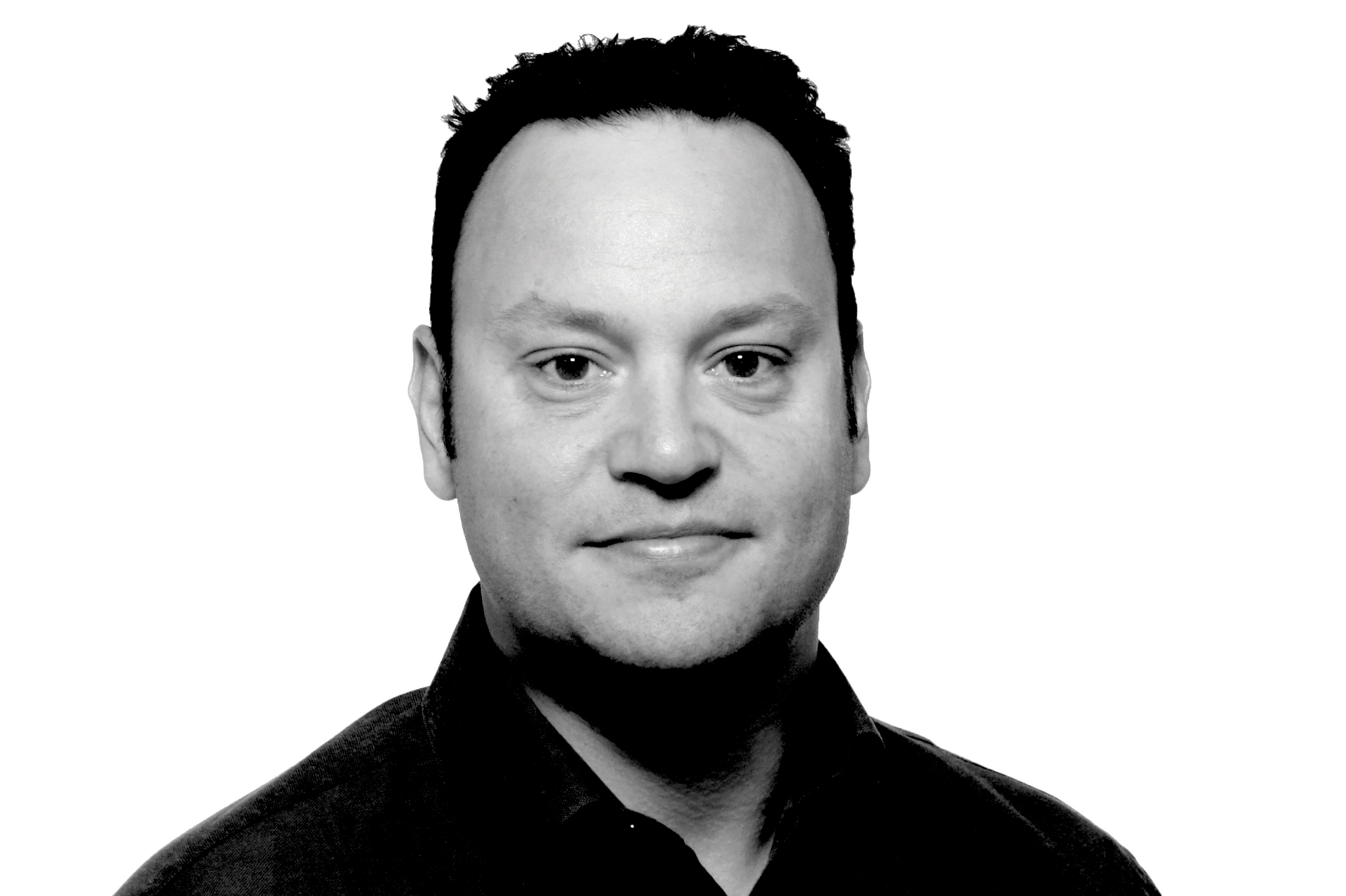
EVS new LSMConnect, MultiReview, and C-Cast agent tools lie at the heart of the live production workflow along with XT3 live production servers. A combination of EVS XT3 servers and the IPDirector production asset management suite drive all the ‘emotion’ highlights packages, while the compilation of all the best clips will be managed using the new MultiReview solutions.
Within the IBC, more than 100 EVS IPDirector suites will be used to manage live incoming feeds and access to the FIFA Media Asset Exchange (FIFA MAX) server containing match feeds, clips, highlights, city profiles and other relevant data. In all 12 XT3 will handle 4500 hours of storage that will be accommodated, based on EVS XStore SAN. The IPDirector suites will also be utilised for the live logging of events. Access is provided for the multilateral production team for further editing and programming as well as to Media Rights Licensees (MRLs) to browse, access and download the content.
Electronic News Gathering (ENG) operations at the various venues will be facilitated based on 32 EVS Xedio Dispatcher for rough cut editing, logging and transfer from local ingest points to the IBC.
The EBIF (Extended Basic International Feed) room within the IBC will be based on XT3 servers, LSM Remote and new Connect platform, IPEdit for realtime timeline editing and EPSIO FX for on air graphic insertions.
Thirty six Adobe Premiere stations, along with the EVS IPLink plugin panel will be used to create final edits of World Cup updates, promos, behind the scenes footage and multimedia packages. All the stations have direct access to IPDirector database containing all ingested clips. “The complete set-up will enable FIFA and Rights Holders to produce many hours of added-value content for their global audiences,” declares Doneux.
For the first time, HBS will be providing new media distribution capabilities to broadcasters. This process relies on EVS’ C-Cast multimedia distribution platform. C-Cast technology will connect the live production infrastructures to a central cloud-based platform, aggregating live streams, multi-angle clips, stats, and social network feeds. These will be distributed to affiliate broadcasters to offer extended multimedia consumption to their viewers, as a second screen application. Two of those broadcasters are HRT from Croatia and ZDF in Germany.
Croatian coverage
“We started planning for our coverage in Brazil in early February, this year,” states Drago Ćosić (pictured) from HRT (Hrvatska radiotelevizija, the Croatian public service broadcaster). Ćosić is HRT’s head of project for the event and a reporter with 30 years’ experience in live sports broadcasts.
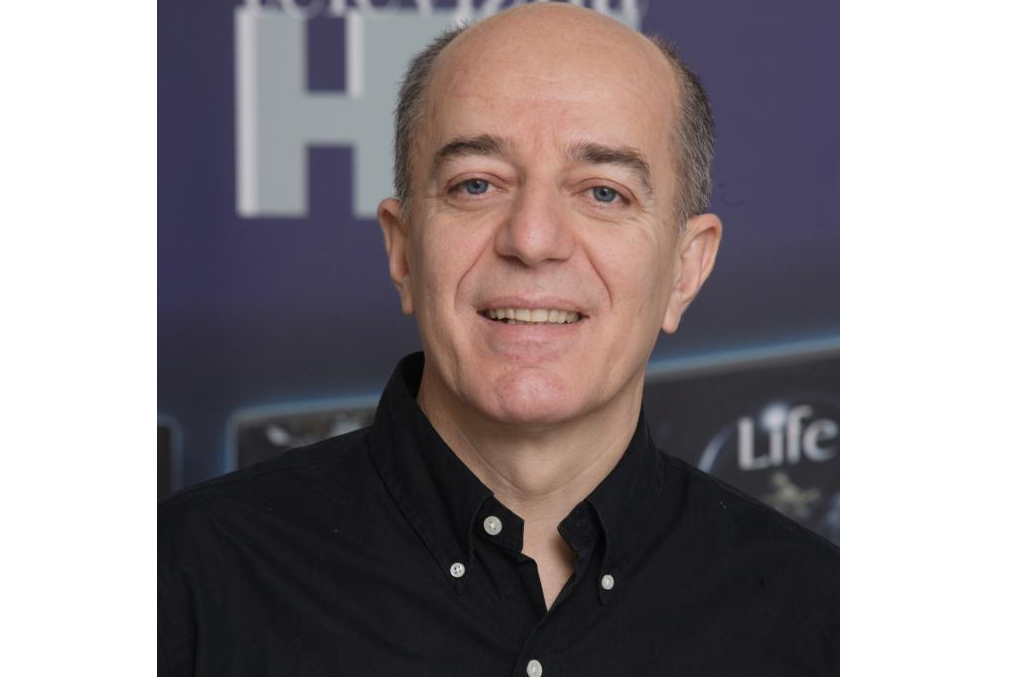
He continues, “HRT will not have its own studio in Brazil, but our presenters will be working from our main broadcasting centre in Zagreb. However, we will have a permanent link from the Croatian national football team camp to ensure the very latest news is available for the many football fans in Croatia.” Although the presenters will be working from the Zagreb studio, HRT will take a team of 24 to Brazil.
Igor Medic, deputy spokesperson for HRT, picks up the story: “During the live broadcasts we will utilise two ENGs for the matches in which the Croatian team plays. We plan to have one camera on top of the stadium, while the other will be near the changing room area so that interviews can be arranged.” HRT will deploy an on-site OB truck to combine the international feed with HRT’s own ENG output. “We will be utilising all the feeds that the host broadcaster is offering, and then using Avid Composer for editing,” says Medic. “Although there are no plans for web streaming back to Croatia, stories and video clips will be uploaded with the shortest possible delay so that fans at home can catch up on the action.”
The German angle
German public-service broadcasters ARD and ZDF will broadcast the World Cup in full for the first time since 1998.
“We started with our planning in May 2012,” states Dieter Gruschwitz (pictured), head of ZDF sports department. “Between the two broadcasters, we will have around 450 staff working in Brazil. We will also be sharing facilities, including a studio in Rio at the Copacabana.”
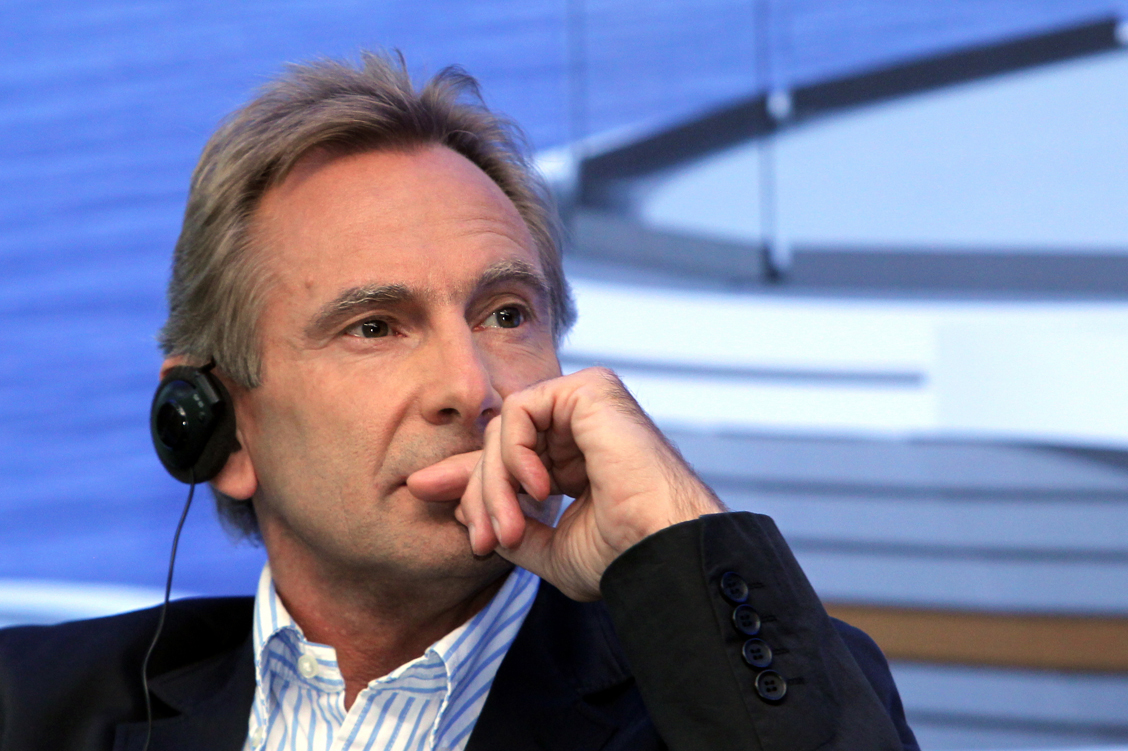
Gruschwitz says the broadcasters will employ their own technical equipment installed at the IBC and at the matches involving the German team. “We plan to use between three and five cameras in unilateral flash positions or in the mix zone,” he adds.
When it comes to personalising further the coverage, ZDF will utilise both pool fed ISOs and Clips Compilation Channel content – both provided by HBS. The Compilation Channel give MRLs access to angles which are not part of the main match feed – and are available in near realtime. All editing will be carried out at the broadcaster’s unit at the IBC using Avid and EVS systems.
So, what does Gruschwitz see as the main challenges in meeting the broadcasting requirements for the upcoming event? “Certainly, the logistics is a major consideration. The distances involved are great, and there are the customs procedures involving the temporary import of a great deal of technical equipment to be taken into account. And something of which we have to be very aware in these days, of course, is the overall cost of mounting such an operation. Nevertheless, we look forward to a great tournament!”




